PD Meter Types: Rotary Meter and Diaphragm Gas Meters
The positive displacement or PD meter is considered a traditional gas technology. Even in the face of new technologies, the rotary meter and diaphragm gas meter are still widely used for utility billing applications or custody transfer of natural gas.
How can we help you? Message us here.
PD Meter Operation Principle
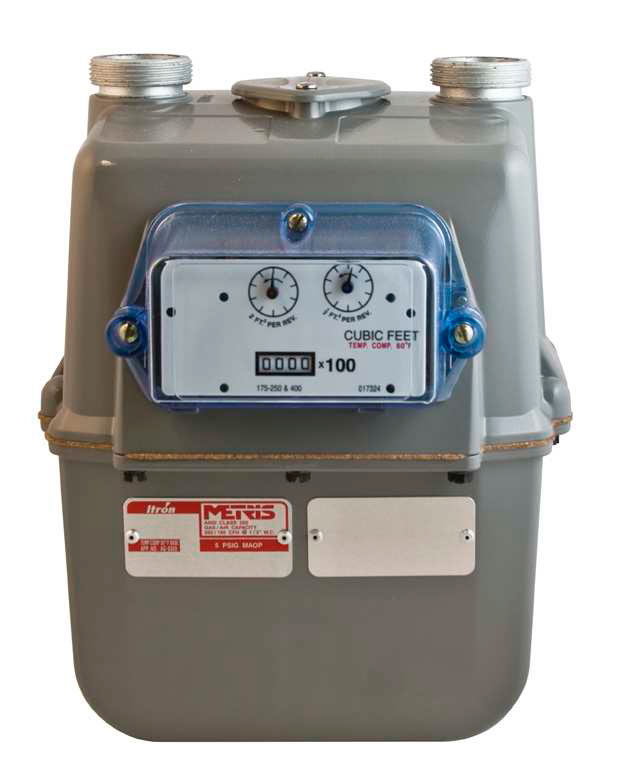 Positive displacement meters are volumetric flow meters and measure fluid volume by displacing components within the meter. In a PD meter, the gas flows into a chamber of known volume. The flow rate is determined based on the number of times the section is filled and emptied as the gas flows over time.
Positive displacement meters are volumetric flow meters and measure fluid volume by displacing components within the meter. In a PD meter, the gas flows into a chamber of known volume. The flow rate is determined based on the number of times the section is filled and emptied as the gas flows over time.
Types of Positive Displacement Meters
Positive displacement flow meters include oval gear, rotary, piston, nutating disc, diaphragm, and helical. These meters are used for residential, commercial, and industrial applications and are widely employed in utility gas flow measurement, often competing with turbine flowmeters.
However, positive-displacement meters excel over turbine meters when measuring low flow. As a rule, a turbine meter may not turn if the gas stream drops below 15% of the rated flow of the meter, yet, turbines surpass PD meters in larger lines when the flow is steady and high.
Diaphragm and Rotary Gas Meters
Both diaphragm and rotary meters are the more popular PD meters for natural gas flow measurement for fiscal metering. While there appears to be an inclination toward rotary meters today, diaphragm meters still have a substantial market share.
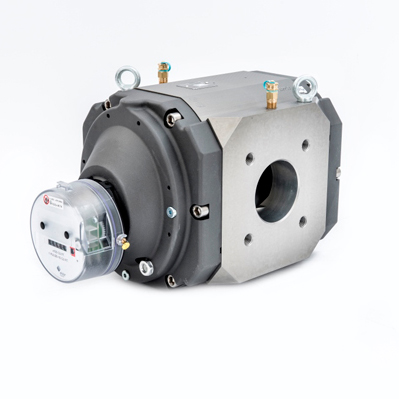 Coriolis meters are starting to impact the utility market, as they have custody transfer approval, but they still lack some industry approvals and are expensive, particularly in larger line sizes.
Coriolis meters are starting to impact the utility market, as they have custody transfer approval, but they still lack some industry approvals and are expensive, particularly in larger line sizes.
Industrial plants also use PD meters for submetering, not to measure process gas in manufacturing. However, some PD flowmeters are being replaced with new technology meters in the industrial gas environment.
PD Pros
Positive displacement meters are relatively low-cost, long-lasting, and reliable, making them ideal gas utility billing meters. Part of this is the slow industry approval of new technology (Coriolis, magnetic, ultrasonic).
There is a trend of replacing retiring diaphragm meters with rotary meters since they are smaller and lighter and permit the users to upgrade measurement capability. Rotary meters handle higher volumes and pressure than diaphragm meters, yet like turbines, they have restrictions in low-flow conditions. Also, rotary meters are used in non-utility gas flow in industrial environments.
Cons
Since PD meters have moving parts, they are subject to wear and tear and require periodic maintenance. Dirty gas is problematic for PD meters, and because the structural design needs an obstruction in the gas flow, it creates a pressure drop. Also, PD meters can be bulky, particularly in larger sizes.
This post is part of a continuing series on gas flow meters. Perhaps you may be interested in the following:
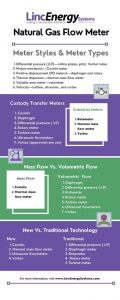

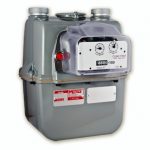
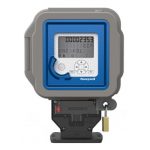
Thanks for sharing great post about the types of Diaphragm Gas Meter.